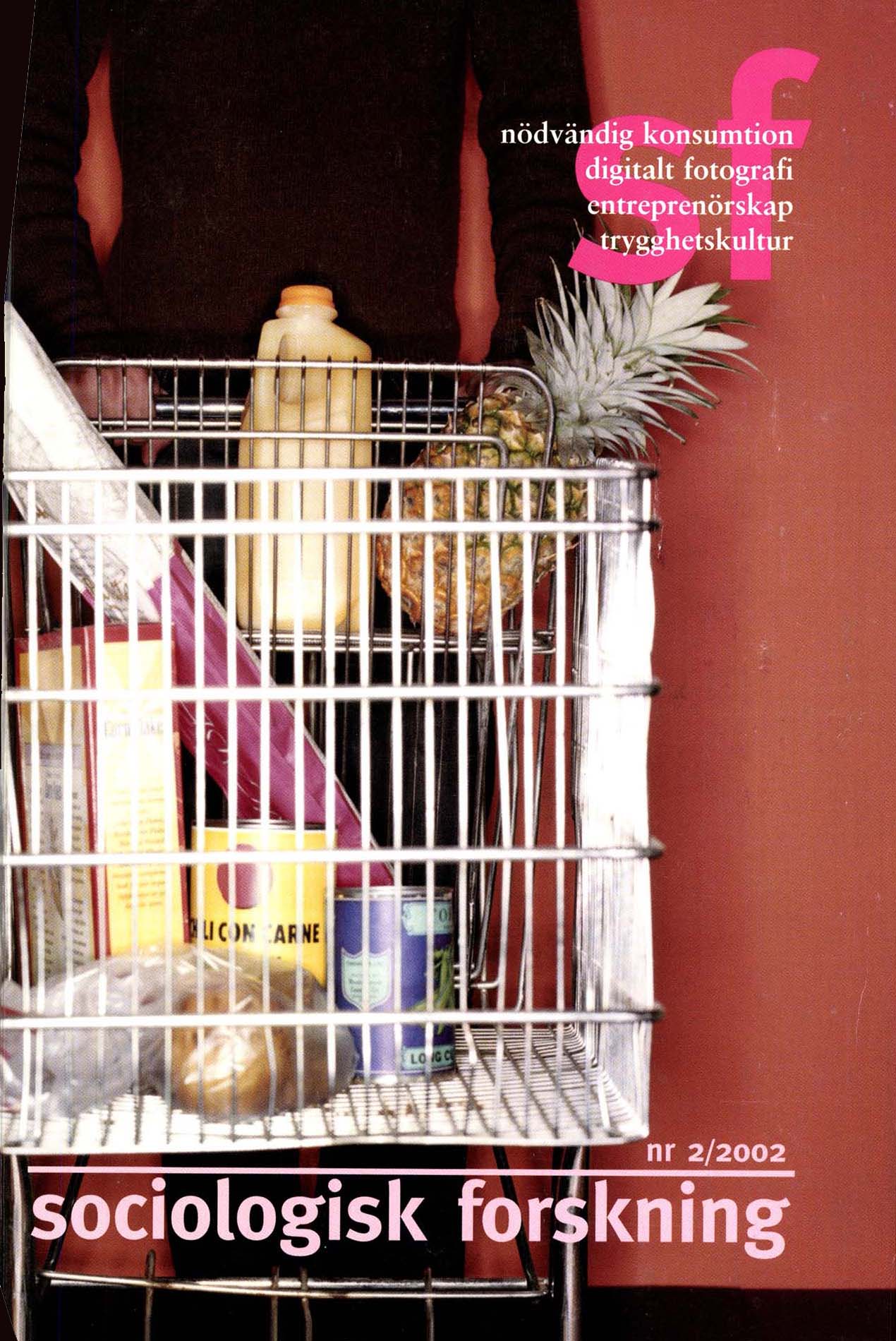Digitalt fotografi
tekniska och visuella innovationer, perspektiv och kontaktnätverk
DOI:
https://doi.org/10.37062/sf.39.19434Nyckelord:
information technology, photography, social networks, innovations, digital imagingAbstract
Digital photography: technical and visual innovations, perspectives and social networks
This article analyses the diffusion of digital cameras and other digital imaging techniques among professional photographers. It is based on interviews with photographers and others in the image industry and a survey conducted in the spring of 1999. Digital cameras have diffused more slowly than expected, whereas other types of digital image techniques are widely used. The article focuses this difference, and analyses obstacles to the diffusion of digital cameras. First, the competition between new and old image technologies is discussed briefly. The photographic production chain is analysed next. It is found that techniques used in core activities in photography diffuse slowly, but techniques used in peripheral activities diffuse more easily. This leads to a discussion of prevalent perspectives on photography among its practitioners. It is concluded that a visual innovation dynamic prevails whereas technical innovations are less important for the competition among photographers. Lastly, contact networks among photographers are analysed and it is shown that digital camera users interact much more with each other than would be expected on the assumption of randomness. It is concluded that in this case, diffusion depends on 1) which parts of the production chain are affected and how central they are for professional role identities; 2) the social construction of the relation between technical and visual innovations and 3) whether users are able to communicate among themselves and with others about the concrete problems and possibilities of digital image technologies.
Downloads
Publicerad
Referera så här
Nummer
Sektion
Licens
Allt material i Sociologisk Forskning publiceras med omedelbar öppen tillgång (open access), under Creative Commons-licensen CC BY-NC-ND 4.0.
Allt innehåll i tidskriften är fritt tillgängligt utan kostnad och får för icke-kommersiella syften fritt läsas, laddas ned, kopieras, delas, skrivas ut och länkas. Innehållet får dock inte ändras. När innehållet används måste författare och källa anges. Upphovsrätten till innehållet tillhör respektive författare. Inga publiceringsavgifter tas ut.





